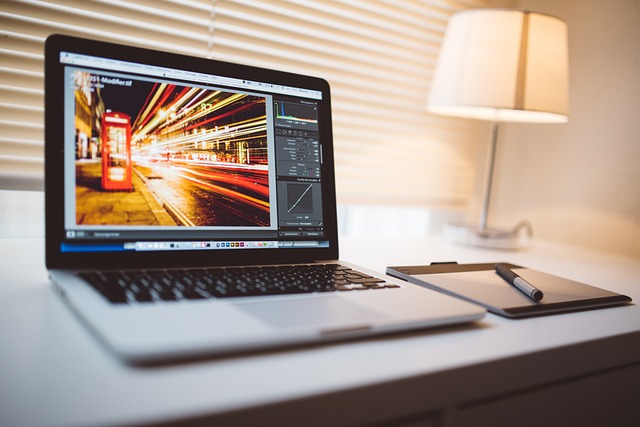Unfortunately, there are many ways you can ruin a photo. For example, forgetting to change the camera settings from the last time you took a picture, using a device with a damaged sensor, or improperly setting ISO settings. All of these mistakes can result in graininess and noise in the picture. Even if you made one or more of these mistakes and your image is very “washed out” don’t despair. There are plenty of programs for removing such defects from photos. In our today’s article, we will tell you why noise appears in pictures and how it can be removed, and also about the best image noise removal software.

What Is Digital Noise?
Digital noise in photography is an image defect that consists of chaotically scattered pixels of random color and brightness throughout the picture that do not correspond to the registered light. The main causes of these effects are:
• ISO sensitivity;
• Slow shutter speed;
• Pixel density (sensor cell size). The optimal size is between 6 and 11 microns and in compact cameras, the cells are between 3 and 5 microns, which results in a high level of noise;
• Sensor manufacturing technology. In general, CMOS sensors generate more noise than CCD sensors;
• The technical parameters of the matrix (defects of the silicon crystal lattice, impurities, non-functioning pixels, etc.).
In photographs, a defect has a different intensity in each color channel, which gives it a specific color. The noise can be amplified during processing, by changing the color balance and adjusting the white balance. For example, the defect in an image taken under incandescent light has predominantly yellow-blue tones, but by correcting the blue channel of the image, to compensate for the yellowing of the photo, the blue noise will increase.
The grainy appears in monochrome areas, in gradations, and is especially noticeable in the dark areas of the image when it is brightened. Below we will talk about ways to remove noise from photos.

Top 3 Apps
Luminar Neo
This is one of the best tools for image noise removal, thanks to its extensive feature set. This powerful photo editor performs complex and resource-intensive tasks even on weak PCs thanks to good optimization of the application. The user-friendly interface and AI-enabled analysis allow even beginners to perform complex tasks with this application.
Built-in Adobe Photoshop Tools
And here is another method of denoise photos. The main tool for the digital photography enthusiast is Adobe Photoshop. It is versatile and self-sufficient. Its comprehensive set of photo editing tools allows you to fight all types of noise.
A digital camera’s sensor captures two components of light – color, and luminosity. These indicators have their own margin of error, determined mainly by the analog part of the device.
Each time you take the same photo, the photosensor will produce different values of these parameters, forming two types of defects. The perception of the image by the human eye is more influenced by the intensity of the luminescence. When a person looks at a photo, first of all, he pays attention to the contours of objects and only then – to color. Thanks to this feature of vision, was born a very popular way to combat color artifacts. If you blur the image, the noise disappears, but so does the clarity of the image. To avoid this, you need to work with the Lab Color model. This system allows you to decompose the image into components – luminance and color, represented by two channels: green-red and blue-yellow.
If you blur only the color channels, the sharpness of the image will not be affected, and random color fluctuations will be eliminated. To convert to another color model in Photoshop, use the command Image → Mode → Lab Color. When converting to the Lab Color color model, there are also some color losses, but they are so negligible that they can be ignored.
This method will only get rid of color noise, but it will not solve the problem of brightness grainy noise. There are many alternative solutions using a more advanced photo processing algorithm. With the help of such tools, many defects can be quickly and correctly eliminated.
Noise Ninja 2.3.6
The distinctive feature of this module is that it can be used to create parameter policies that will automatically use the settings profiles, according to the previously created user rules. Most photos taken with digital cameras contain technical EXIF information which stores data about the camera used, shutter speed, ISO values, and other shooting settings. Noise Ninja can navigate around this data. For example, a profile allows it to remember that when you use an ISO setting of 1600, the noise is mostly concentrated in the shaded areas of the image, while there is much less noise in the well-lit areas. The profiles you create can be saved as NZP files. You can download them from the application’s website.
Another highlight of Noise Ninja is the ability to use masks. With the help of a customizable brush profile, you can define the areas of the image to be processed. That way, the filter will not be applied to the whole photo, but selectively, which may allow you to preserve the detail of the photo. Noise Ninja can process the image in separate channels of different color schemes.